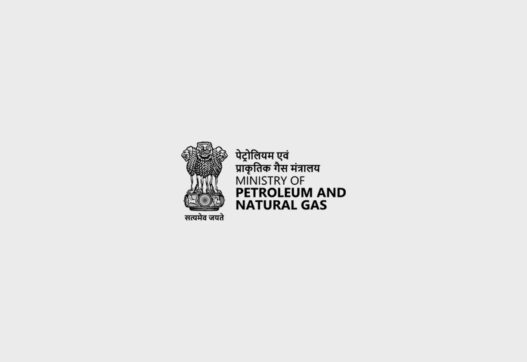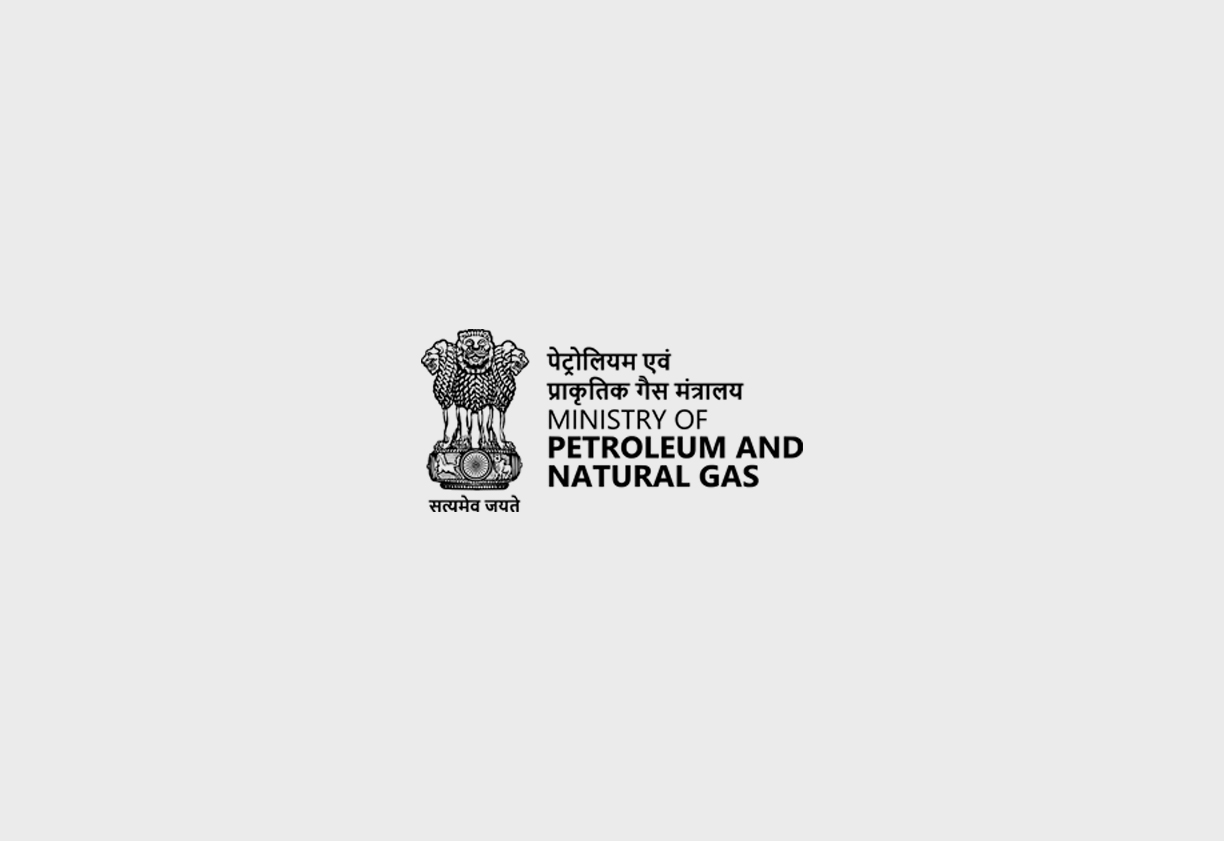Ministry of Petroleum and Natural Gas
The Petroleum and Minerals Pipelines (Acquisition of Right of User in Land) Act, 1962, was enacted to provide for the acquisition of the right of user in land for laying pipelines for the transport of petroleum and minerals and for matters connected therewith. This act aims to facilitate the construction of pipelines for transporting petroleum and mineral resources across the country. While the Act does not specify a particular ministry, it falls under the purview of the Ministry of Petroleum and Natural Gas in India, as it deals with matters related to petroleum and mineral resources.
Enactment Date, Number of Chapters, Number of Sections:
The Petroleum and Minerals Pipelines (Acquisition of Right of User in Land) Act, 1962, was enacted on December 7, 1962. The Act is structured into 18 sections, without specific chapters. These sections cover various aspects of the acquisition of right of user in land, compensation, powers of authorities, and miscellaneous provisions.
Act Governed By:
The Act is primarily governed by the provisions outlined within its sections. It establishes the framework for the acquisition of right of user in land for laying pipelines, the procedures for notification, hearing of objections, and declaration of acquisition. The Act also outlines the powers of the competent authority and the process for determining compensation.
On Whom It Is Applicable:
The Petroleum and Minerals Pipelines (Acquisition of Right of User in Land) Act, 1962, is applicable to the Central Government, State Governments, and corporations that propose to lay pipelines for the transport of petroleum and minerals. It also applies to landowners and other persons interested in the land where pipelines are proposed to be laid.
Penalties/Punishments:
The Act specifies penalties for certain violations, including:
-
Imprisonment for a term which may extend to six months, or with fine, or with both for wilfully obstructing authorized persons or damaging pipelines.
-
Rigorous imprisonment for a term which may extend to ten years and fine for making unauthorized connections to pipelines, or for disrupting supplies.
The Act also provides for the recovery of costs and damages in certain cases.
Important Pointers:
-
The Act provides for the acquisition of the right of user in land for laying pipelines, not the acquisition of the land itself.
-
It outlines the procedures for notification, survey, and hearing of objections before acquiring the right of user.
-
The Act specifies restrictions on the use of land where pipelines are laid.
-
It provides for the payment of compensation to landowners and other persons affected by the laying of pipelines.
-
The Act empowers the competent authority to determine the amount of compensation.
-
It establishes a process for resolving disputes related to compensation through the District Judge.
-
The Act grants powers to authorities to enter land, inspect, and maintain pipelines.
-
It bars the jurisdiction of civil courts in respect of matters covered under the Act.
-
The Act emphasizes the importance of public interest in the construction of pipelines for the transport of petroleum and minerals.
-
The Act has been amended over time to adapt to changing needs and circumstances.
Act Copy:




